Filter by
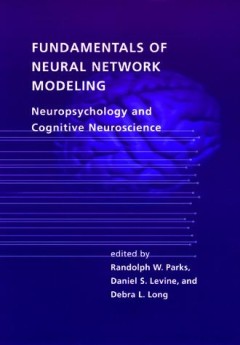
Fundamentals of neural network modeling : neuropsychology and cognitive neuro…
Over the past few years, computer modeling has become more prevalent in the clinical sciences as an alternative to traditional symbol-processing models. This book provides an introduction to the neural network modeling of complex cognitive and neuropsychological processes. It is intended to make the neural network approach accessible to practicing neuropsychologists, psychologists, neurologists…
- Edition
- -
- ISBN/ISSN
- 0585108358
- Collation
- 1 online resource (xiii, 428 pages) : illustrations.
- Series Title
- -
- Call Number
- 001 FUN

Genetic programming 1996 : Proceedings of the First Annual Conference, July 2…
Genetic programming is a domain-independent method for automatic programming that evolves computer programs that solve, or approximately solve, problems. Starting with a primordial ooze of thousands of randomly created computer programs composed of functions and terminals appropriate to a problem, a population of programs is progressively evolved over many generations using the Darwinian princi…
- Edition
- -
- ISBN/ISSN
- 9780262315876
- Collation
- 1 online resource (xviii, 568 pages) : illustrations.
- Series Title
- -
- Call Number
- 005 GEN

Global institutions and social knowledge : generating research at the Scripps…
This theoretical and empirical study examines the influence of global institutions on the generation of scientific knowledge. Virginia Walsh's approach reverses the traditional focus of international relations literature--which most often deals with how scientific knowledge influences institutions--and offers an original way to look at international environmental governance. After proposing a t…
- Edition
- -
- ISBN/ISSN
- 9780262285704
- Collation
- 1 online resource (xvi, 171 pages)
- Series Title
- Politics, Science, and the Environment
- Call Number
- 500 WAL g

Global justice and transnational politics : essays on the moral and political…
If globalization is to be a benefit and not a burden to humankind, it must be governed by global institutions that are perceived by all people to be democratic and just. But before we can create such institutions, we must imagine them, and that requires a rethinking and extension of normative political theory. Global Justice and Transnational Politics encourages and advances that work.The book'…
- Edition
- -
- ISBN/ISSN
- 9780262271325
- Collation
- 1 online resource (vi, 320 pages).
- Series Title
- Studies in Contemporary German Social Thought
- Call Number
- 320 GLO
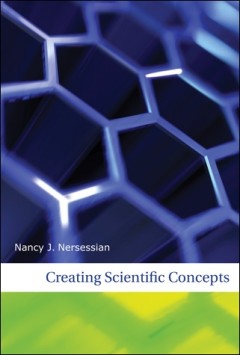
Creating Scientific Concepts
An account that analyzes the dynamic reasoning processes implicated in a fundamental problem of creativity in science: how does genuine novelty emerge from existing representations?How do novel scientific concepts arise? In Creating Scientific Concepts, Nancy Nersessian seeks to answer this central but virtually unasked question in the problem of conceptual change. She argues that the popular i…
- Edition
- -
- ISBN/ISSN
- 9780262280549
- Collation
- 1 online resource (xiv, 251 pages) :illustrations
- Series Title
- -
- Call Number
- -

Human Reasoning and Cognitive Science
"A Bradford book.""In Human Reasoning and Cognitive Science, Keith Stenning and Michiel van Lambalgen - a cognitive scientist and a logician - argue for the indispensability of modern mathematical logic to the study of human reasoning. Logic and cognition were once closely connected, they write, but were "divorced" in the past century; the psychology of deduction went from being central to the …
- Edition
- -
- ISBN/ISSN
- 9780262284295
- Collation
- 1 online resource (xii, 407 pages) :illustrations
- Series Title
- -
- Call Number
- -
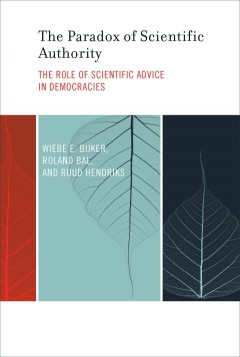
The Paradox of Scientific Authority: The Role of Scientific Advice in Democra…
The authors assess the influence of scientific advice in societies that increasingly question scientific authority & expertise. This paradox is explored through an ethnographic study of the scientific advisory committee, one of the key sites for the interaction of science, policy & society.OCLC-licensed vendor bibliographic record.
- Edition
- -
- ISBN/ISSN
- 9780262258609
- Collation
- 1 online resource (viii, 223 pages).
- Series Title
- -
- Call Number
- -
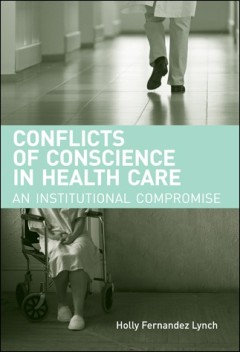
Conflicts of Conscience in Health Care: An Institutional Compromise
Holly Fernandez Lynch presents a balanced proposal that protects both a patient's access to care and a physician's ability to refuse to provide certain services for reasons of conscience.OCLC-licensed vendor bibliographic record.
- Edition
- -
- ISBN/ISSN
- 9780262278720
- Collation
- 1 online resource (xiv, 345 pages).
- Series Title
- -
- Call Number
- -
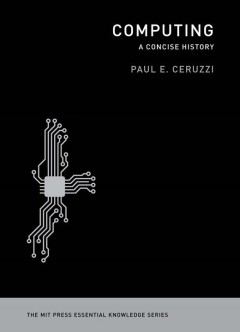
Computing :a concise history
The history of computing could be told as the story of hardware and software, or the story of the Internet, or the story of "smart" hand-held devices, with subplots involving IBM, Microsoft, Apple, Facebook and Twitter. In this account of the invention and development of digital technology, the author, a computer historian offers a broader and more useful perspective. He identifies four major t…
- Edition
- -
- ISBN/ISSN
- 9780262310383
- Collation
- 1 online resource (xvi, 199 pages) :illustrations.
- Series Title
- -
- Call Number
- -
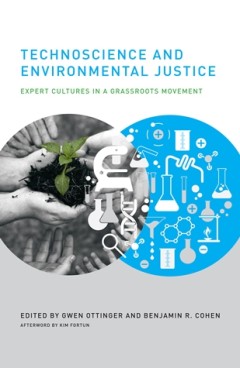
Technoscience and environmental justice: Expert cultures in a grassroots move…
This book argues that the environmental justice movement has also begun to transform science and engineering. The chapters present case studies of technical experts' encounters with environmental justice and activists and issues.OCLC-licensed vendor bibliographic record.
- Edition
- -
- ISBN/ISSN
- 9780262298407
- Collation
- 1 online resource (viii, 298 pages) :illustrations, maps.
- Series Title
- -
- Call Number
- -
 Computer Science, Information & General Works
Computer Science, Information & General Works  Philosophy & Psychology
Philosophy & Psychology  Religion
Religion  Social Sciences
Social Sciences  Language
Language  Pure Science
Pure Science  Applied Sciences
Applied Sciences  Art & Recreation
Art & Recreation  Literature
Literature  History & Geography
History & Geography